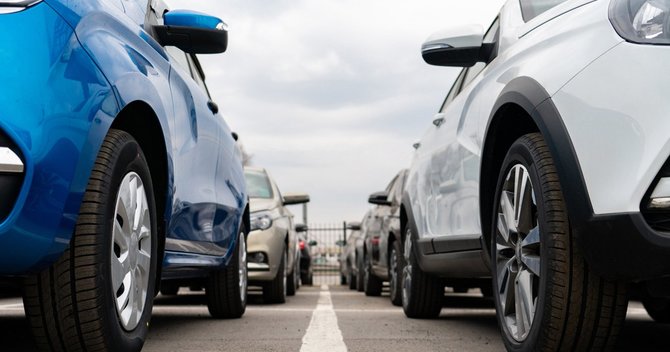GMとホンダ、フォードとVW…相次ぐ協業で米自動車勢が狙う捲土重来

ホンダとGMがBEVでも供給契約
2023年には量産モデルの発売を予定
米国の自動車産業は、かつて世界のリーダーだった。しかし、2007年のサブプライム住宅ローン問題と翌年のリーマン・ショックで大打撃を受け、クライスラーとGMは経営破綻した。現在、クライスラーはイタリアのフィアット・グループ傘下にある。再建を果たしたGMには、かつて世界最大の自動車メーカーだったころの勢いはない。そんな状況の中、米国勢が動き始めた。
GMは今年4月、ホンダとの間でBEV(バッテリー電気自動車)の供給契約を結んだ。GMが開発したBEVプラットフォームをベースにバッテリーやアッパーボディをホンダと共同開発し、GMの工場で生産したモデルをホンダ・ブランド車としてホンダに供給する。量産は2023年をめどに開始し、2モデルの発売が予定されている。ホンダはこのモデルを北米地域で販売する。
ホンダのBEVといえば、昨年の東京モーターショーで披露されたホンダeがあるが、同車は日欧市場用で北米での販売予定はない。ホンダeは全長4m以下のBセグメント・ハッチバックのため北米市場では小さすぎるという判断だろう。ホンダeの量産は今夏から始まる予定で、欧州市場には2021年モデルとして投入される。
これまでにもGMとホンダは、FCEV(燃料電池電気自動車)の開発で協力関係にあったほか、2018年10月には自動運転領域での協力で合意した。GM子会社でこの分野を担当するGMクルーズにホンダが出資し、2030年までの12年間に事業資金20億ドル(当時の為替レートで約2200億円)を提供する契約を結んだ。GMクルーズにはソフトバンクも出資しており、無人ライドシェアや無人タクシーの分野での日米連合を形成している。これに今回、BEVでの連携が加わった。
フォードはBEVでVWと
新興メーカーリビアンとも提携
フォードは昨年、ドイツのVW(フォルクスワーゲン)とBEVで連携した。2018年6月に戦略的提携に向けた覚書を交わし車両共同開発に乗り出すと発表。昨年7月にはVWが開発した電動車専用のプラットフォーム、MEBの提供が決まったほか、フォードが開発する中型ピックアップトラックをVWの商用車部門が2022年から発売すること、VWがフォード向けに商用バンを生産することなどが合意された。この6月に両社は「VWがフォードに提供するMEBベースのBEVが2028年までに60万台出荷される」という見通しを示した。
一方、フォードは4月に米国の新興BEVメーカー、リビアンと提携し、リビアンが開発したBEV専用のスケートボード・プラットフォームを使用したリンカーン・ブランドのBEVを発売する計画を明らかにした。フォードのBEV展開はMEBベースのCセグメント車から高級セダン、大型SUVまで幅広い展開になるという。フォードはリビアンに対し出資しており、5月にはフォード現会長の娘(アレクサンドラ・フォード・イングリッシュ氏)がリビアンの取締役に就任した。
協業が進む一方で、GMとフォードは現在のパートナーとの資本提携については何も明らかにしていない。あくまで事業ごとの業務提携という姿勢である。とはいえ、金融業界などでは提携の行方に注目している。
もしVWグループとフォードが連合を組めば、年間の世界販売台数は1600万台を超え、世界最大の自動車グループになる。GMとホンダが連携した場合は年間1300万台規模となり、これも2019年実績でトップだったVWの1097万台を上回る。こうした数字を見れば、本格的な資本提携の可能性がゼロとはいえなくなってくるのも事実である。
'Fuel Cell' 카테고리의 다른 글
| 上海汽車と宝武鋼鉄が水素ステーション建設などで協力 (0) | 2020.07.21 |
|---|---|
| 風雲急の燃料電池トラック ダイムラーとトヨタが激突 (0) | 2020.07.21 |
| Scientists solve a durability issue in fuel cells for hydrogen cars (0) | 2020.07.17 |
| Colorado agencies launch comprehensive clean trucking strategy that includes hydrogen fuel cells (0) | 2020.07.17 |
| Cell Impact recieves order for production tools (0) | 2020.07.17 |



